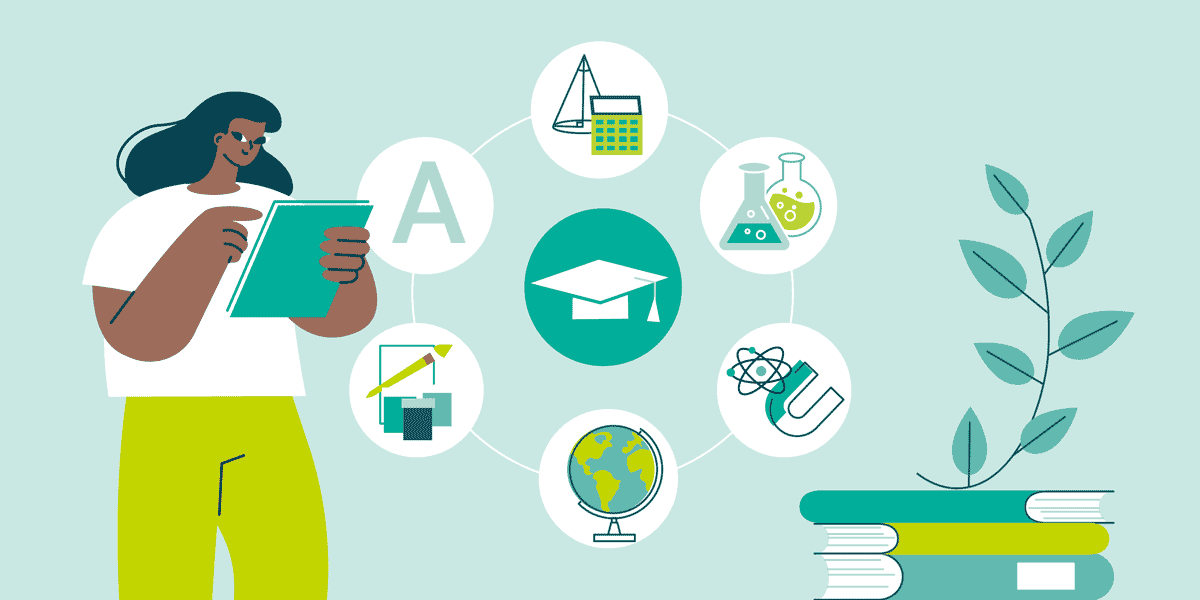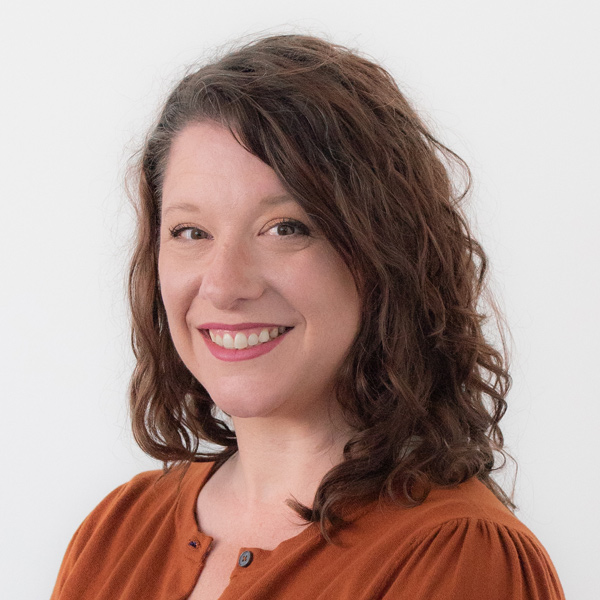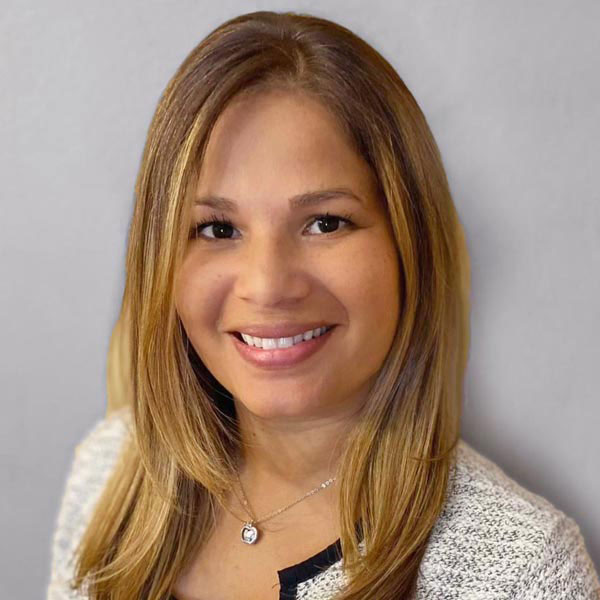Scanning the Landscape of High School Alternatives

Traditional systems—including educational, workforce, and others—don’t serve the needs of all students equitably. Communities, school districts, and public agencies have sought effective strategies to improve the educational and employment outcomes of young people who find themselves becoming disengaged or are already outside the school system. Over the last few decades, interest in high school alternatives to support these students has grown extensively.
High school alternatives vary widely in terms of students served, educational approaches, funding sources, and accountability strategies. To help understand this diverse field, the Annie E. Casey Foundation partnered with Education Northwest to conduct a systematic scan of high school alternative models and approaches across the United States.
An Investigation Guided by Student Experience
The diversity of programs makes it difficult to arrive at a single definition of a high school alternative. We took an asset-based approach, focusing on characteristics such as facilitating momentum toward college and career pathways, offering supportive adult relationships, and providing wraparound services. We looked at three main areas—narratives and mindsets, policies and budgets, and practice improvement.
To conduct the scan, we worked closely with an advisory group made up of high school alternative alumni, researchers, program leaders, and policymakers. This group reviewed the scan findings at multiple key stages and engaged in a facilitated discussion about goals and challenges alternative high schools face. Throughout this work, we kept the student experience in mind. After all, supporting students equitably is the reason high school alternatives exist.
Changing Mindsets to Overcome Barriers
Students in alternative programs are some of the most vulnerable and least served by the education system. They’re often left without the support they need to be successful and excluded from conversations about how the system might be improved. While the alternative high schools highlighted in the report are innovating to help students overcome barriers to learning, the scan highlighted the deep need for greater attention to the systems that support alternative pathways to high school completion and higher education.
We hope this scan and the accompanying report will bring this needed attention to the policies, practices, and mindsets that are necessary to support student success in high school alternative programs. The data and insights from this scan can help educators, policymakers, advocates, and funders like the Annie E. Casey Foundation to facilitate the continuous improvement of these vital programs.
The alternative high schools profiled in this report incorporate proven practices to support student success, such as including student voices and fostering strong adult-student relationships. This report offers valuable recommendations for policymakers, educators, and funders aimed at strengthening alternative high school options.
—Ilene Berman, Annie E. Casey Foundation
Also see our Scanning the Landscape of High School Alternatives report as well as Promising Practices to Support Young Immigrants’ Education and Career Pathways guide.
Download Case Brief
Project Team
-

Managing Researcher, Equitable Learning Environments
-

Senior Researcher, Culturally Responsive & Equitable Evaluation
-

Senior Director, Applied Research & Equitable Evaluation
-

Applied Research & Equitable Evaluation
-

Principal Consultant, Equity & Systems Improvement for Literacy
-

Destiny McLennan
Senior Researcher, Applied Research & Equitable Evaluation